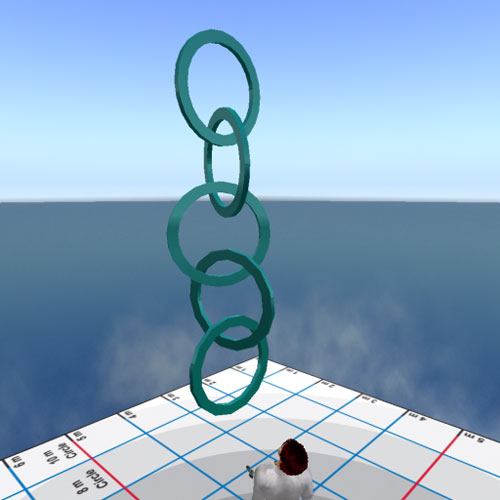Laura Berger (26) is a PhD candidate in Business Administration at the Institute for Management Research, Radboud University Nijmegen. She studies the networking practices between universities and industry within technological innovation projects.
A writer's block, deadline stress, near death by data asphyxiation. Problems a PhD usually comes across at least once during a research trajectory. I know I do, and when I do, I wait as long as possible to go to my supervisors and tell them. Though they have repeatedly told me to come and ask for help whenever I need it, I still feel I need to keep up appearances and not fail.
Which, of course, is stupid, as a PhD project is meant to be a learning process: how can you learn, if you never fail (which is inevitable)? If you don't stumble and fall every once in a while, so you can learn to get back up your feet again? To understand what you need to do to prevent yourself from falling; to know how to get up quicker; to get more comfortable with the feeling of failing/falling and knowing that it won't hurt you that much. You fall quicker when you're afraid of it: relax and it won't happen to you as often, or at least it won't be as painful.
But you cannot learn all that on your own. It's like learning how to ride a bicycle: if it wasn't for your parents (or caregivers, or whomever), you would not have felt the safety to go and try to hold your balance, knowing there was someone to hold your bike, and when they let loose, they would still be there to help you get up when you fall.
I recently came across a TED talk by Amanda Palmer - an artist I had never heard of. I still don't know much about her or her music, but she did leave an impression on me. She argued how we shouldn't be afraid to ask for help:
Through the very act of asking people, I connected with them. And when you connect with them, people want to help you. It's kind of counterintuitive for a lot of artists – they don't want to ask for things. It's not easy to ask. Asking makes you vulnerable. I don't see these things as risks – I see them as trust.
She is right. Asking does make you vulnerable. It is admitting there is something you cannot do, something you do not know. But the beauty of it all is: you don't need to. That's what other people are for. Your supervisors, for one. They teach you, and you learn. Asking is trusting that people will help you, will not laugh at you and let you fall. It creates a stronger bond, BECAUSE you show your vulnerabilities.
I recently discovered a pattern in my writing process: first I feel inspired to work on a paper (and I work fast when I'm inspired). I write, I edit, I analyze and re-analyze data. And that's when doubt creeps in. Am I interpreting things correctly? Do my arguments make sense at all? Is this total crap? BLOCK. And it's not as if I can go home and forget about my troubles. I take them with me, even in my dreams. Which is annoying, and stressful. But I know the pattern now. I recognize the phases. And I know I'm currently in that stage of self-doubt again. And this time, I have decided not to wait, but to ask help from my supervisors. Because I've decided that asking for help is not a sign of weakness, but of strength.
So whenever you feel stuck, go and talk to your supervisor, you colleagues, your friends, your family. Put trust in others, and they will put trust in you. You do not need to do everything by yourself. As said Alexander Graham Bell once, "Great discoveries and improvements invariably involve the cooperation of many minds." So go forth, and ask.










